Age-related Macular Degeneration
3 May, 19
Loading PDF…
More From Area Of Interest
You may also like

9 Dec, 25

9 Dec, 25
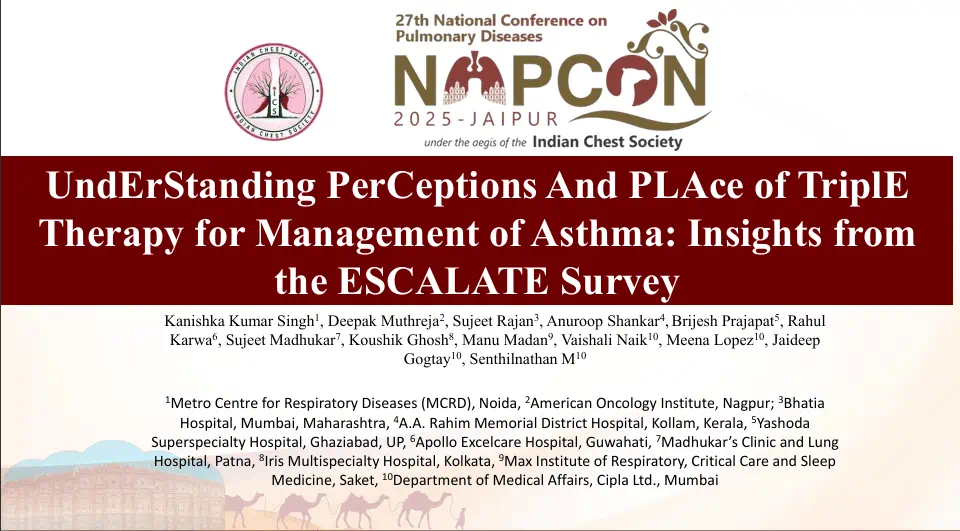
5 Dec, 25
Our Research
4 Dec, 25
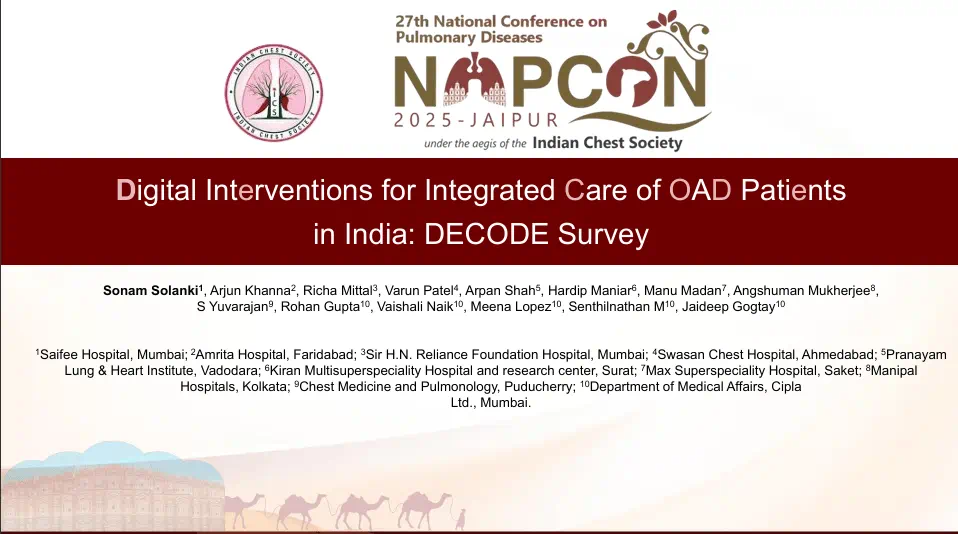
4 Dec, 25
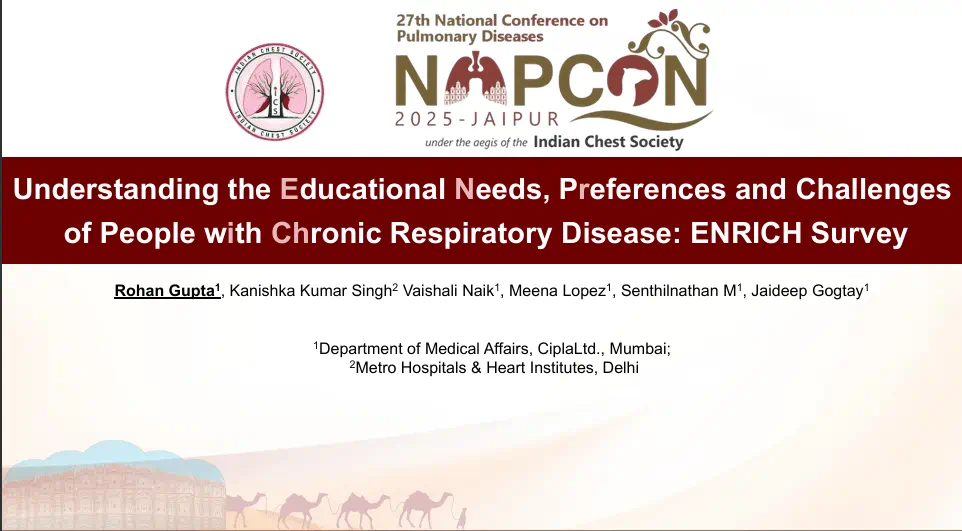
4 Dec, 25
Our Research
29 Oct, 25

29 Oct, 25
Latest Items
Journal Scans
12 Dec, 25
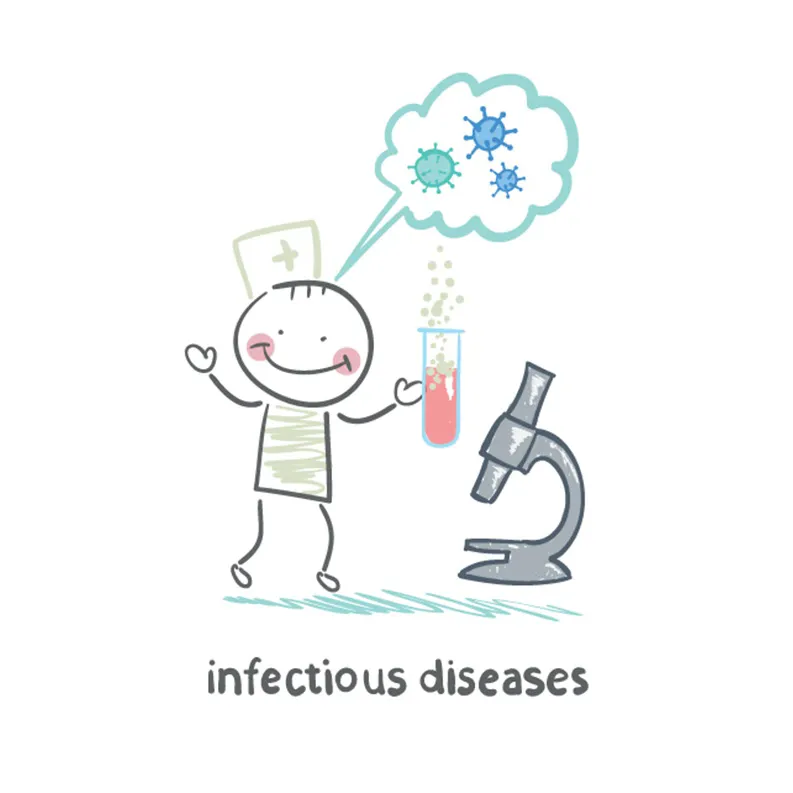
12 Dec, 25
Journal Scans
11 Dec, 25

11 Dec, 25
Journal Scans
10 Dec, 25
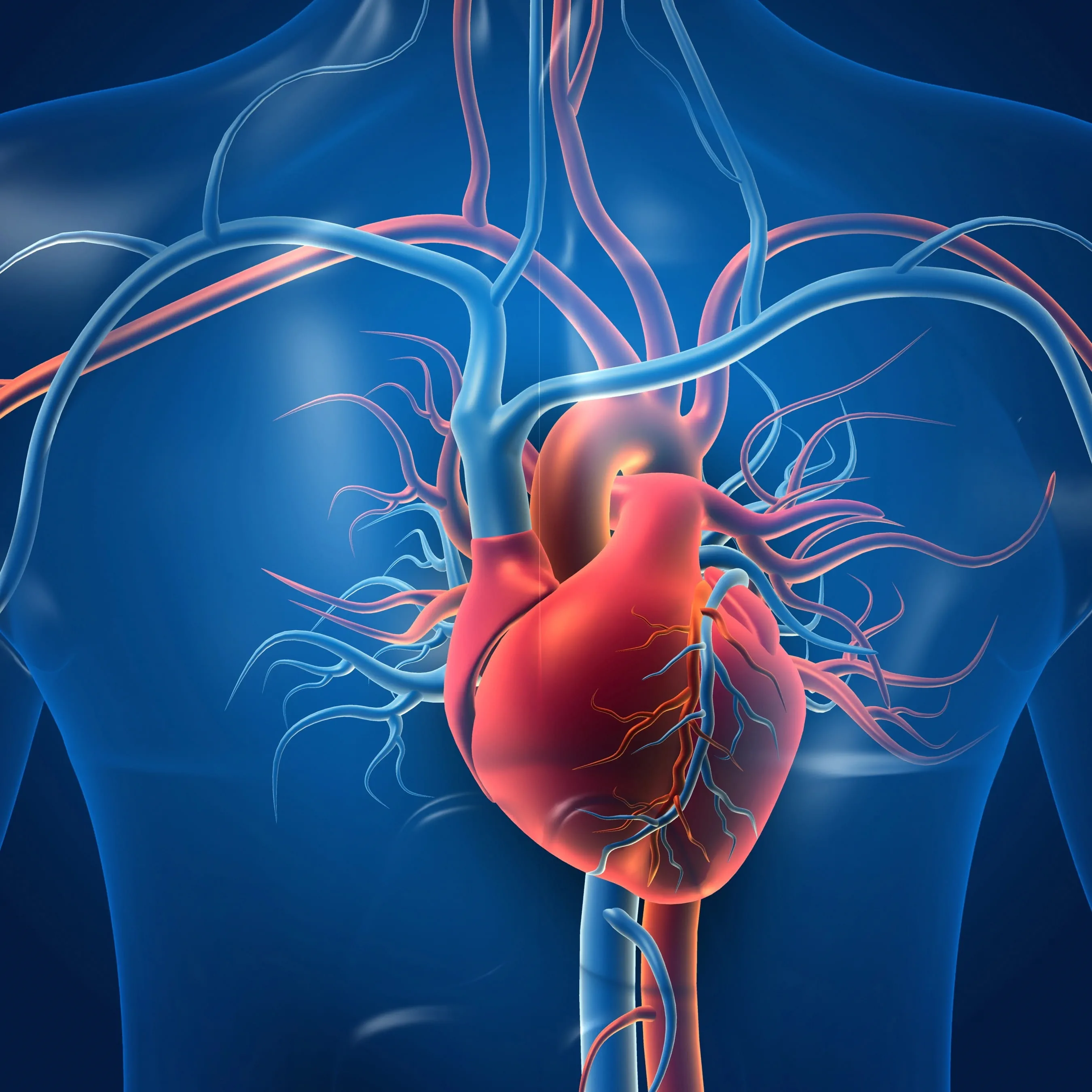
10 Dec, 25

